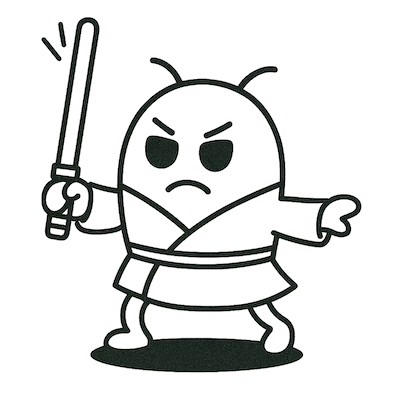A tester is not just a person who clicks buttons and logs bugs. A tester is an analyst, a strategist, and a vulnerability hunter, armed with a set of techniques that help systematically find errors. These methods are called test design techniques - and they are true Jedi tools in a QA engineer’s arsenal.

What is Test Design?
Test design is the process of creating tests based on requirements, system logic, and possible usage scenarios.
The goal is to cover as many meaningful cases as possible with the minimum number of tests, without missing anything important.
It is through test design that QA transforms requirements into meaningful, logical, and effective test cases.
Why are Test Design Techniques Needed?
Without techniques, testing turns into chaotic “clicked around - seems to work.”
With techniques, it becomes a structured process that covers even those scenarios that at first glance seem unlikely.
Good test design:
- Increases test efficiency
- Helps uncover hidden errors
- Saves time (fewer tests, more value)
- Ensures coverage of complex logic
Core Test Design Techniques
Here are the key Jedi moves every QA should master.
1. Equivalence Partitioning
Instead of checking all possible values, we divide them into groups that the system should handle in the same way. From each group, we select one representative.
Example: if a field accepts ages from 18 to 60, you can take 3 values - 17 (below), 30 (within), 61 (above).
Benefit: fewer tests - the same coverage.
2. Boundary Value Analysis
Errors most often occur at the boundaries of acceptable values: 0, 1, 100, 101, etc. This technique focuses on testing such edge cases.
Example: if numbers from 1 to 100 are accepted, test 0, 1, 100, and 101.
Benefit: detects the most common bugs, especially validation issues.
3. Decision Table
If the system depends on a combination of conditions, a table helps account for all possible input combinations and their corresponding outputs.
Example: for different combinations of “customer type” + “payment method” + “country,” different discounts apply.
Benefit: ensures important business rules are not missed.
4. Pairwise Testing
When there are many parameters, testing all combinations is impossible. Pairwise testing is a mathematically optimal way to test all parameter pairs without wasting resources on exhaustive combinations.
Example: instead of 1000 combinations - only 10–20 are enough.
Benefit: great coverage with minimal effort.
5. State Transition
If a system behaves differently depending on its current state, it’s worth building a state transition diagram and testing each transition.
Example: ATM in different states:
“Waiting for card” → “PIN check” → “Select operation” → “Withdrawal” → “Completion”
Benefit: verifies logic over time and across steps.
6. Cause-Effect Graphing
This technique helps with complex logic involving dependent conditions, where actions depend on a whole set of causes. It’s a more advanced but fuller version of a decision table.
Example: if A and B, but not C, then X is executed.
Benefit: structures complex rules.
Do We Really Need All This?
Yes. Especially if you want to be not just a manual clicker, but an engineer who manages quality.
Even in Agile environments with constant changes - test design provides structure, consistency, and confidence that you are testing what truly matters.